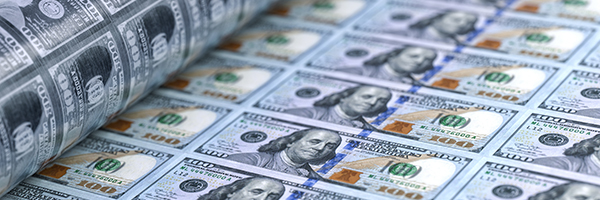The yield on the 10-year Treasury is up 11 basis points as of 1:30 p.m. New York time today, Monday, January 3, to 1.62%. That’s the first time the yield has been above 1.60% since the emergence of the Omicron Variant in November.
The yield on the 30-year Treasury is also up 11 basis points to 2.02%. The yield on the 2-year Treasury is 0.78%. That’s an increase of 19 basis points in a month and the highest level since March 2020.
Part of the increase is because January is always a month for big debt issues from U.S. companies–which provides competition for Treasuries. For example, the market is expecting $40 billion n corporate debt offerings this week.
It also reflects optimism that the newest variants of the Covid-19 virus won’t slow growth in the U.S. economy. Investors will know more about that after Friday’s release of the December jobs report.
And finally, its a result of the Federal Reserve calendar and increasing speculation that the Fed might announce its first interest rate increase at its March meeting. (The March meeting is the first “live” meeting with all the dot plots and press announcements that the Fed likes to have in hand when it makes a policy change.
The interest-rate forties market currently estimates the first increase in the Fed’s target short-term rate, now 0% to 0.25%, at the May meeting–which leaves plenty of room for speculation that the increase will come before that. The futures markets now reflect expectations for an increase of 77 basis points in the Fed funds rate by the end of 2022. Wall Street strategists surveyed by Bloomberg expect Treasury yields will end 2022 at higher levels with the two-year climbing to 1.12% and 10-year Treasuries reaching 2.04%.
That outlook suggests the possibility that we’ll see two consecutive years of negative returns on Treasuries for the first time since Bloomberg began keeping records in 1974. The Bloomberg Treasury index showed a total return (interest payments plus price changes) of a negative 2.3% in 2021.


